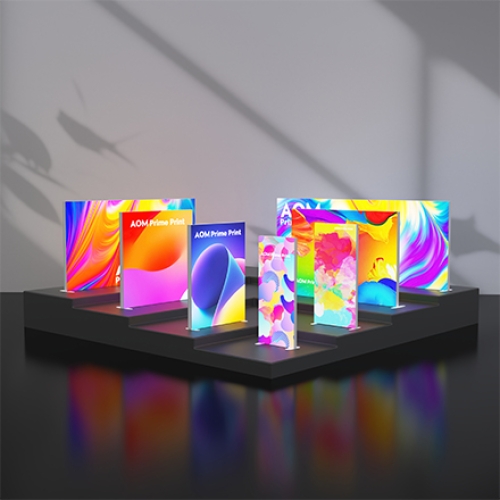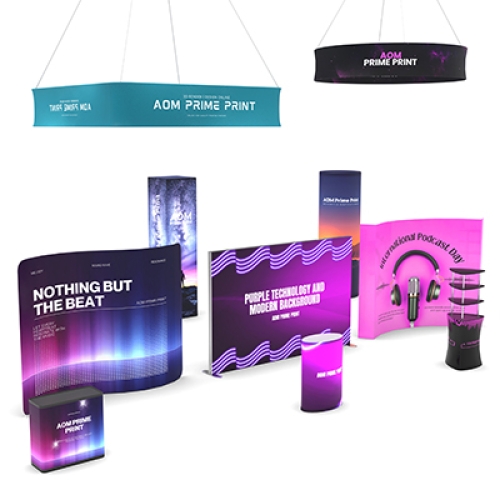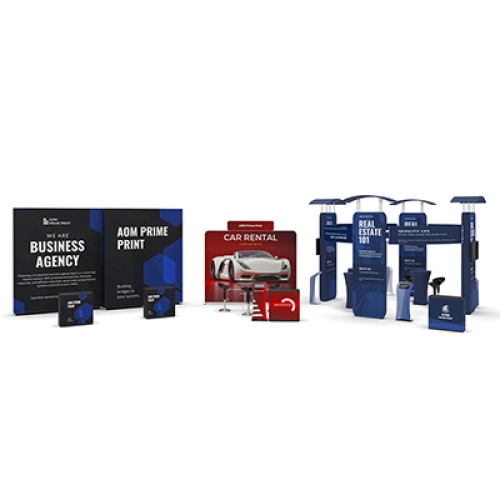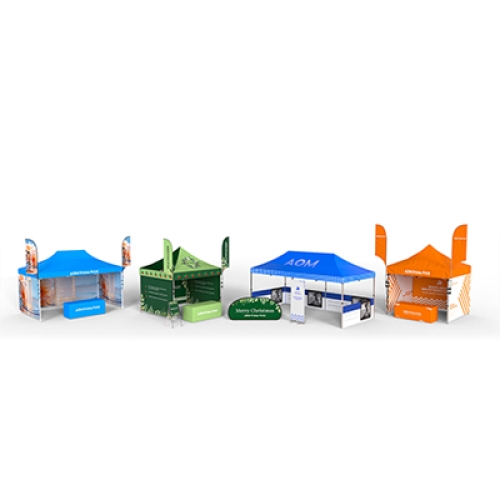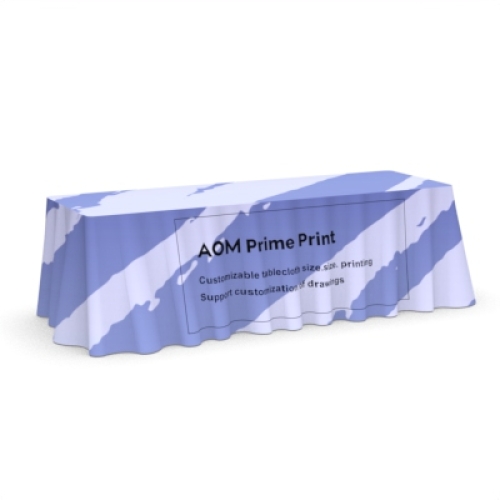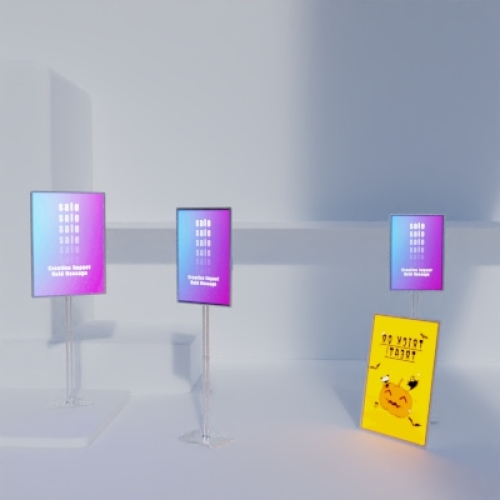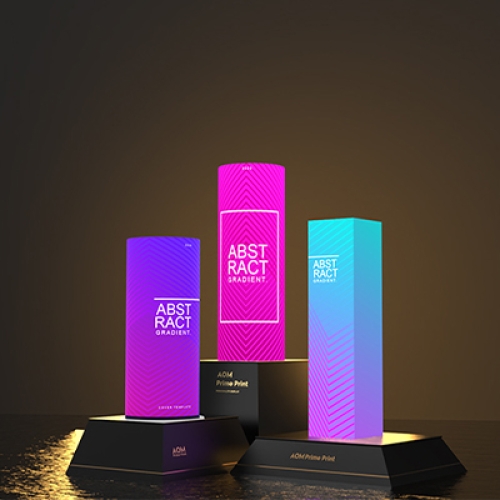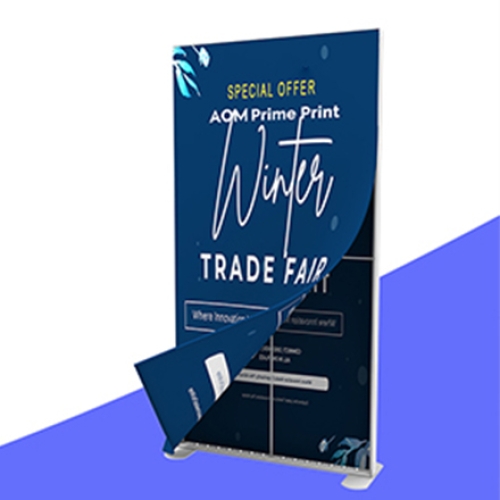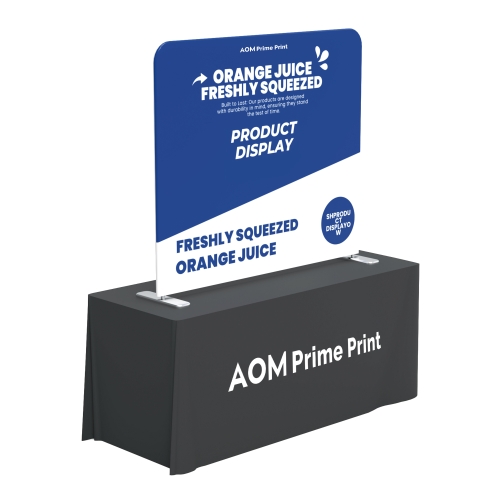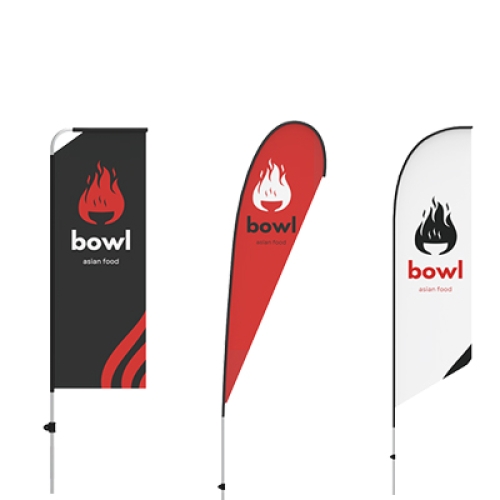The Psychology of Trade Show Exhibits: Connecting Beyond the Booth
March 5th 2025
The Modern Business Arena: More Than Just a Display
In an era dominated by digital interactions, trade shows remain the ultimate human-centric marketing battlefield. While webinars and virtual conferences proliferate, nothing quite matches the electricity of face-to-face connection. A standout exhibit is more than a product showcase—it's a living, breathing narrative of brand identity, a microcosm of corporate culture compressed into a few square meters of exhibition space.
The Cognitive Snapshot: How the Brain Makes Instant Decisions
Human perception operates at lightning speed. In the sensory overload of a trade show floor, visitors process information in milliseconds. Neuroscience reveals that first impressions crystallize within 3 to 7 seconds—a critically narrow window where your booth must achieve the seemingly impossible: capture attention, communicate value, spark curiosity, and dismantle psychological barriers.
Cognitive Load and Information Design
Modern consumers are bombarded with information. The most effective exhibits act like master storytellers, distilling complex narratives into crystalline moments of clarity. It's about creating an information ecosystem so intuitive that understanding becomes effortless.
Emotional Intelligence: Where Decisions Really Happen
Contrary to traditional sales wisdom, people don't buy with logic—they buy with emotion and justify with logic. Neuroeconomic research confirms that emotional resonance drives decision-making. Your exhibit should transform from a static display into an immersive experience that allows potential clients to mentally inhabit the solution you're offering.
The Power of Narrative Marketing
Every compelling brand has a story that transcends its products. The most successful exhibits don't sell—they invite visitors into a narrative where their professional challenges find resolution.
Spatial Psychology: The Silent Communication Channel
Physical space speaks volumes before a single word is uttered. Layout, color, lighting—each element subtly manipulates psychological state. An open layout reduces defensive postures, soft lighting builds trust, and strategic color choices trigger specific emotional responses.
Color Psychology in Depth
- Blue communicates professionalism and reliability
- Green suggests growth and innovation
- Red ignites energy and urgency
- Yellow evokes optimism and creativity
These aren't just colors; they're psychological triggers strategically deployed to create emotional connection.
Human Interaction: Authenticity as the Ultimate Competitive Advantage
No technology can replace genuine human connection. Your booth staff are living brand ambassadors who must master:
- Nuanced non-verbal communication
- Active listening techniques
- Rapid trust-building skills
- Adaptive communication strategies
Empathetic Selling: Beyond Traditional Pitches
True engagement isn't about hard selling—it's about creating moments of genuine understanding. The best representatives don't just present solutions; they illuminate possibilities tailored to each visitor's unique context.
Measuring Success: Beyond Traditional Metrics
Modern businesses require sophisticated evaluation frameworks:
- Interaction quality index
- Emotional engagement depth
- Long-term conversion potential
- Brand awareness amplification
- Social media ripple effect
Future Horizons: The Evolution of Exhibition Experiences
Emerging technologies like AI, augmented reality, and immersive interfaces are transforming trade show exhibits. Future booths will offer real-time personalization, using advanced analytics to craft experiences that feel simultaneously cutting-edge and intimately personal.
The Larger Perspective: Exhibition as a Strategic Art Form
In a world of increasing digital noise, trade show exhibits represent a sophisticated blend of design, psychology, and strategic communication. Success is no longer about attracting eyeballs—it's about creating meaningful connections that resonate long after the event concludes.
Ultimately, you're not just showcasing a product. You're offering a gateway to potential, a bridge between current challenges and future solutions, and an invitation to imagine new professional landscapes.
The most memorable exhibits don't just display—they transform.
